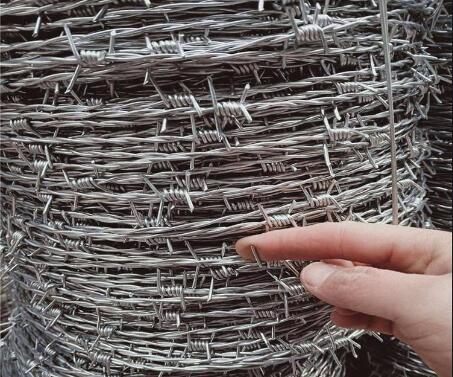Aluminum Screen vs. Fiberglass Screen A Comprehensive Comparison
When it comes to home improvement and maintenance, one often overlooked aspect is the choice of window and door screens. These screens not only serve a functional purpose—keeping out insects and allowing fresh air to circulate—but they also contribute to the overall aesthetic of your living space. Among the most popular materials used for screens are aluminum and fiberglass, each with its own set of advantages and drawbacks. In this article, we will explore the key differences between aluminum screens and fiberglass screens to help you make an informed decision for your home.
Durability and Strength
Aluminum screens are known for their durability and strength. Made from lightweight yet robust materials, they can withstand the elements better than many other screen types. This makes them a popular choice for homeowners in areas prone to harsh weather conditions. Aluminum does not warp, crack, or rot, meaning that it can last for many years with minimal maintenance.
In contrast, fiberglass screens, while still relatively sturdy, are more susceptible to damage from extreme conditions. They are less resistant to bending and may not hold up as well over time in areas with severe weather. On the plus side, fiberglass screens are less likely to rust, which can be a significant advantage in humid environments.
Visibility and Aesthetics
In terms of visibility, fiberglass screens generally have an edge. Their finer weave allows for better airflow and visibility, making them ideal for homeowners who want unobstructed views of the outdoors. If you prioritize aesthetics, fiberglass screens might be the better option, as they are available in various colors and can be painted to complement your home’s exterior.
Aluminum screens tend to have a more industrial look and may not blend as seamlessly with your home’s design. However, they can be easily finished with paint or powder coating, allowing for some customization. It’s worth noting that while aluminum screens may not offer the same level of visibility as fiberglass, they do provide a more robust barrier against larger insects.
aluminum screen or fiberglass

Maintenance and Installation
Both aluminum and fiberglass screens require some maintenance, but the level of effort can differ significantly. Aluminum screens typically need occasional cleaning and may require repainting or recoating to prevent corrosion over time. Installation is straightforward, and many homeowners choose to install screens themselves, as they are compatible with a range of frame types.
Fiberglass screens, on the other hand, can be easier to manage when it comes to upkeep. They do not rust, which means they don’t require the same preventive measures against corrosion as aluminum. However, they can be more challenging to install without the right tools or expertise, as the material can be more delicate.
Cost Considerations
Cost is another essential factor to consider when choosing between aluminum and fiberglass screens. Typically, aluminum screens tend to be less expensive upfront, which makes them a budget-friendly option for many homeowners. However, the long-term costs may vary, largely depending on maintenance needs and how quickly the screens age.
Fiberglass screens often come at a higher initial price but can be seen as a worthwhile investment due to their longevity and performance characteristics. The choice ultimately boils down to your budget and how you weigh initial costs against long-term benefits.
Conclusion
In the battle of aluminum screens versus fiberglass screens, there is no definitive winner; it all depends on your personal preferences and home requirements. If you value durability and low initial cost, aluminum may be the way to go. However, if aesthetics, visibility, and long-term performance are more critical to you, then fiberglass screens could be a better fit. By considering factors such as durability, aesthetics, maintenance, and cost, you can make a well-informed choice that will enhance your home for years to come.

















